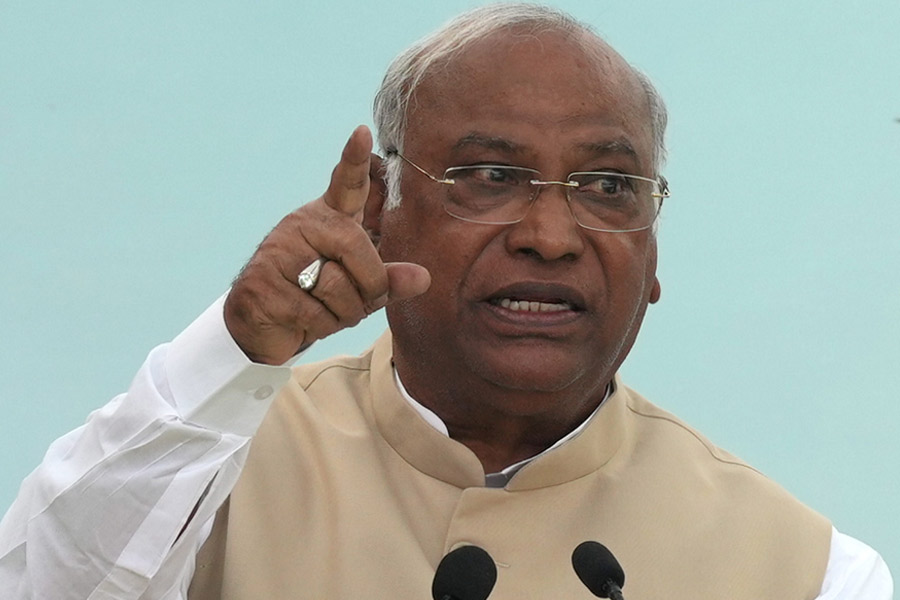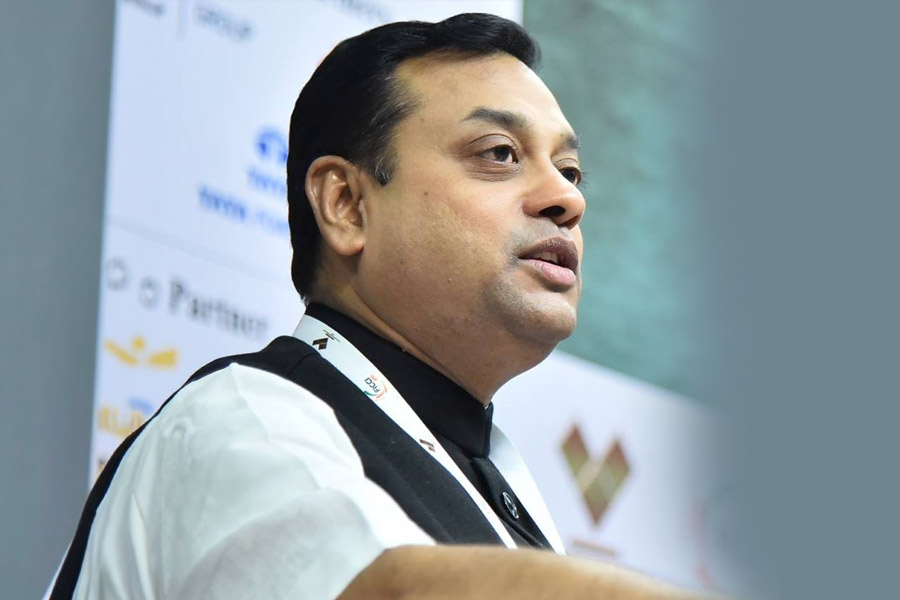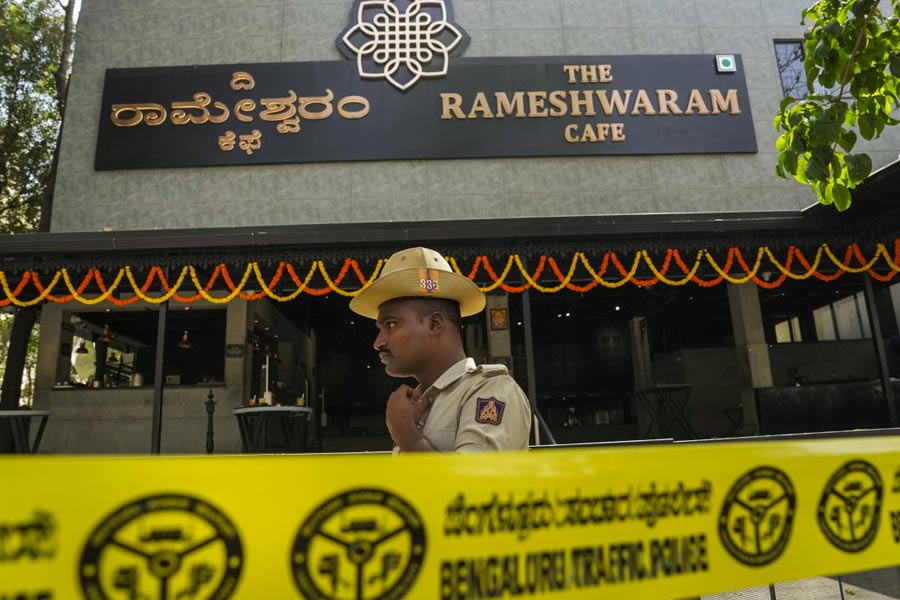Filmmaker, lyricist, actor and stand-up comedian Varun Grover has curated a special list of coming-of-age films on the streaming platform MUBI, under the ‘Hand-picked by Varun Grover’ spotlight section. t2 caught up with Varun to chat about the curation and the experience of directing his first feature film All India Rank, which released in theatres last month.
You have curated an eclectic list of films on MUBI. Is there a specific criterion and anything that binds these titles?
I am a huge fan of MUBI and some titles are only available on MUBI, like a lot of classics which should have been on many other platforms. MUBI sent me a catalogue of their films, with some marked as the top favourites, which includes titles which are most acclaimed by all. There were roughly 500 titles.
My film All India Rank was released recently and because I am a huge fan of coming-of-age cinema, I thought of doing a section on coming-of-age films. I didn’t want to stick to only adolescence coming-of-age, but expand the context of coming-of-age and include a film like Gamak Ghar, which is about the coming-of-age of a home. It changes over time and then it is demolished and modernism takes over. Cleo from 5 to 7 is a typically coming-of-age film about the passage of time.
A film like Boyhood spans 12 years while Cleo from 5 to 7 is only about two hours in someone’s life. Then there is Joyland, which breaks all the rules of the coming-of-age film. It is about multiple characters coming of age regarding their sexuality or their understanding of sexuality and understanding of trauma related to sexuality or sexual choices. For me, that was a great opportunity to use these various contexts and put them in coming-of-age brackets.
The list includes Jafar Panahi’s The Circle and Where Is The Friend’s House? directed by Abbas Kiarostami. What impact have Iranian filmmakers and their work had on you?
Iranian cinema, for me, is one of the purest in the world. They have navigated the multiple restrictions put on storytelling in Iran and they have come up with these seemingly innocent stories but filled with deep layers of how trauma in a society works, and how children behave in a society which is constantly stressed. In Where Is My Friend’s House? Kiarostami takes an innocuous premise about a kid who has to return a notebook to a friend and he goes in search of that friend’s place. The entire film is just that journey and that kid’s stress about finding the friend’s home. For me, that is such a powerful film with such a simple premise.
Iranian cinema is one of the first I watched outside of Hollywood. So for me, it is a personal coming-of-age connection with these films that also shaped me as a filmmaker. It was a bit of a hat-tip to them. The Circle by Mr Panahi is set in Iran where there is an oppressive sexist society. But the film is not political, it is personal. The personal is political kind of message comes from a lot of Iranian films. It brings a different flavour to this list, which is otherwise not political but human drama-driven. And then there are these two films, which are human dramas but also political at the core.
Is there a specific film that triggered your interest in coming-of-age cinema?
It was a gradual progression. But at the same time, there were films which deeply influenced me like the entire filmography of Mr Kiarostami. There was also Majid Majidi’s Children of Heaven.
Richard Linklater has been a great influence, like Waking Life, and recently, Boyhood. His Before Sunrise series is more romantic than coming-of-age but that also has influenced me, as well as Dazed and Confused. His Apollo 10 and 1/2 is a fantastic film on his childhood... the way he grew up and the documentation of those times.
For me, Hollywood was more of an introduction to coming-of-age cinema because in India, for some reason, we don’t make many coming-of-age films. The last I remember was Udaan by Vikramaditya Motwane.
Would you agree that in Hindi cinema, we are narrow in our definitions of coming-of-age films and limit it to the protagonist embarking on a journey of self-discovery like in Wake Up Sid or Zindagi Na Milegi Dobara?
Yes. That is because in India it is very difficult to make something which is space and time driven. We want to make generic stuff and generalise it so much that everyone can relate to it. Then it becomes everyone’s reality and at the same time, no one’s reality. It has to be specific to one person or a certain section of people and not to everyone. That is a problem with much of commercial cinema, which is so generalised that it ceases to be a document of the times.
For example, some of the biggest hits of the ’90s like Hum Aapke Hain Koun...! Or Dilwale Dulhania Le Jayenge were huge hits but you won’t see anything of the ’90s in them. They feel like they are set in a different era which never existed, there are no artefacts or lingo or production design of those times. They all exist in a very strange parallel reality.
But if you watch Guru Dutt’s films, you can go back 60-70 years and get a feel of that time just by the language, the costumes, like say, in Kaagaz Ke Phool. The way the film industry is depicted in that is a true document of those times. I know that people will say that the prime purpose of cinema is to entertain, but why cut out this aspect, which is anyway not harming your story?
What has been the response so far to your directorial debut All India Rank?
I have received some lovely responses from the student community. The film is set in the ’90s. A lot of people went to college or IIT coaching at that time, and they related hard to the film. What I did not expect is the kind of response that I have got from the students of today. I got a message from a student who lives 40km away from Calcutta and he made the effort to go to Calcutta and watch it in a theatre and he loved the film. I was under immense pressure that how would a 17-year-old relate to the film. But they have said that they felt seen and heard in the film. It was inspiring for me to listen to that — the fact that students feel that they are represented in a way where they feel less burdened about life.
What was the experience like of making this film?
Making any small or low-budget film is a challenge for everyone. You have limited resources and you have to finish everything in that time and that money and whatever manpower you have. But one challenge I did not know about was getting the film released and getting a certain number of theatres for people to be able to go and watch it. It played in a limited number of theatres because they didn’t see the profit value in this kind of film where there are no stars on the poster.
But the biggest high has been working with a team of newcomers, and we have managed to create something raw and from the heart. Most of the crew was also new and there was a raw energy and this great hunger to do something honest.
We did whatever we understood of the world and our level of art and I am very happy about it. The film hardly has any commercial response but the emotional response and the warmth have been massive.
ARUN’S MUBI PICKS:
Cleo from 5 to 7 (Director: Agnes Varda)
Moonlight (Director: Barry Jenkins)
The Circle (Director: Jafar Panahi)
The Worst Person in the World (Director: Joachim Trier)
Primer (Director: Shane Carruth)
Gamak Ghar (Director: Achal Mishra)
Joyland (Director: Salim Sadiq)
Where Is The Friend’s House? (Director: Abbas Kiarostami)










